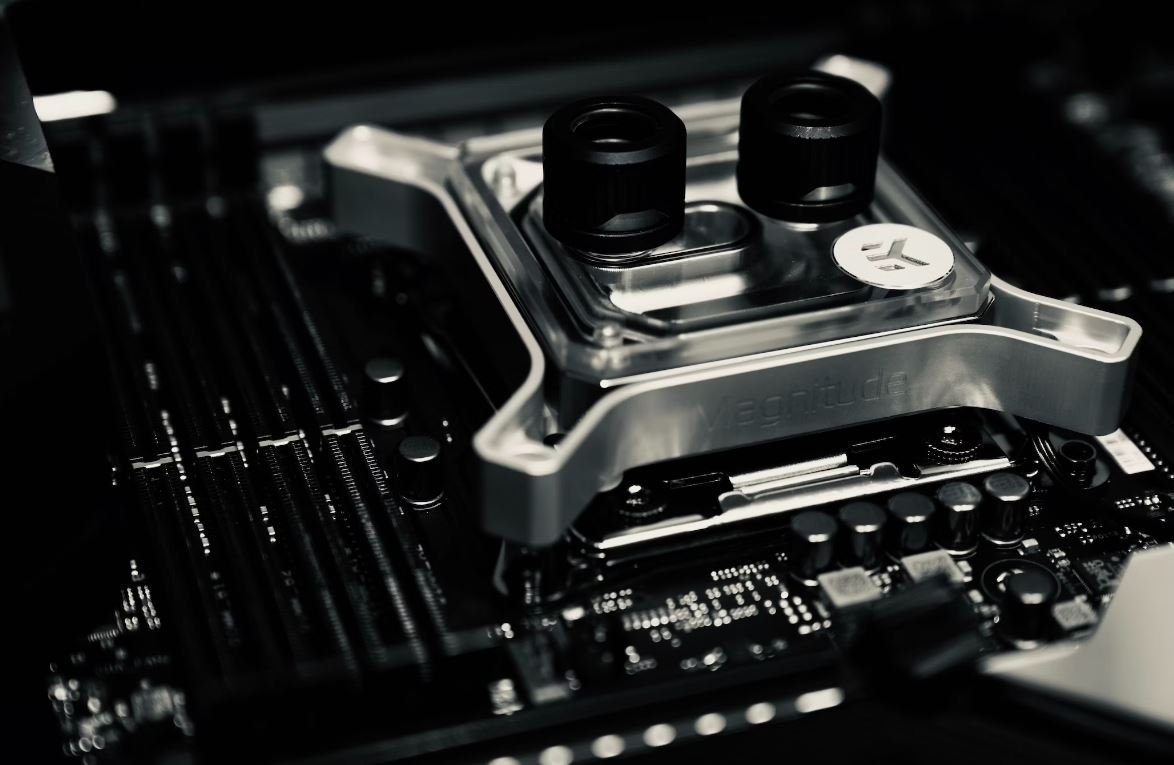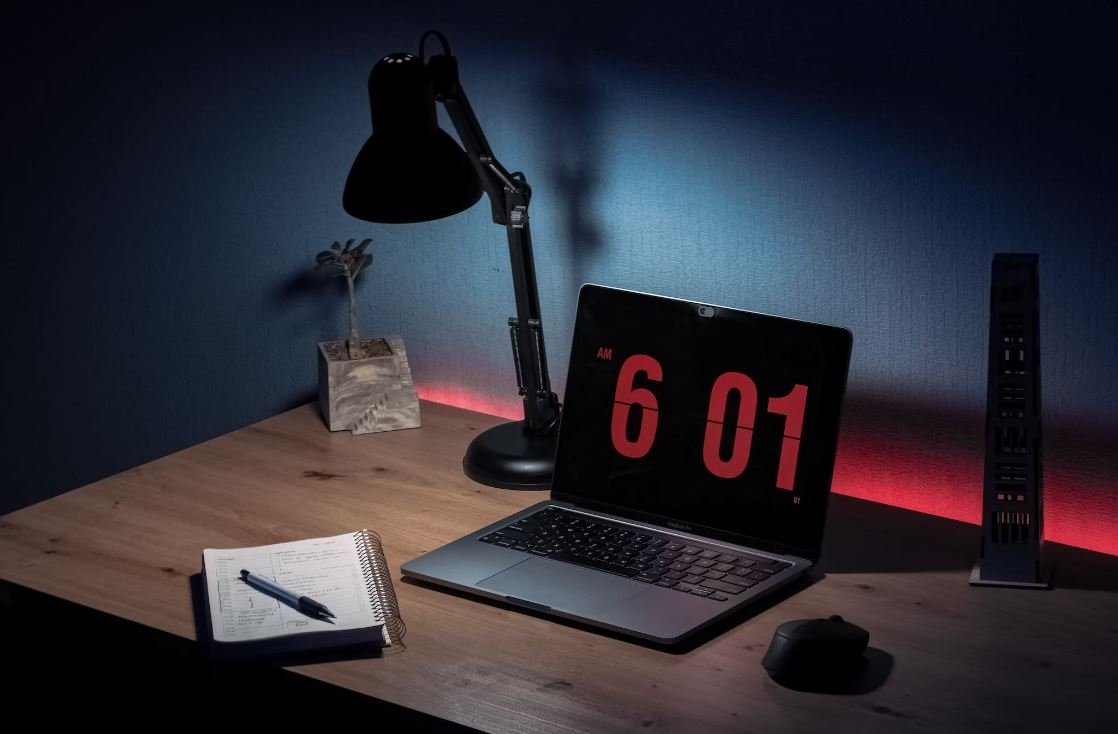Artificial Intelligence Video Editing
Artificial Intelligence (AI) has revolutionized various industries, and video editing is no exception.
AI-powered video editing tools have made the process faster, more efficient, and accessible to a wider range of users.
With advanced algorithms and machine learning, AI can automate tasks, enhance video quality, and even suggest creative edits.
Using AI in video editing can save both time and effort, allowing creators to focus on the content and storytelling.

Common Misconceptions
About Artificial Intelligence Video Editing
Artificial Intelligence (AI) video editing is a rapidly advancing technology that is reshaping the way videos are created and edited. However, there are several common misconceptions that people have around this topic:
Misconception 1: AI video editing is completely automated
Contrary to popular belief, AI video editing is not entirely automated. While AI algorithms can assist in automating certain tasks like video stabilization or color correction, the final editing decisions are still made by human editors. AI tools are designed to enhance and speed up the editing process, but they do not replace the creative judgment and expertise of humans.
- AI video editing tools can automate repetitive tasks.
- Human editors still make the final creative decisions.
- AI algorithms assist in enhancing and speeding up the editing process.
Misconception 2: AI video editing replaces human editors
Another common misconception is that AI video editing will render human editors obsolete. While AI technologies have advanced in recent years, the role of human editors remains crucial. Human editors bring a creative touch, intuition, and storytelling capabilities that AI algorithms cannot replicate. AI video editing tools are meant to augment the skills of human editors, not replace them.
- Human editors bring creativity and storytelling capabilities.
- AI video editing tools augment the skills of human editors.
- AI cannot replicate the intuition and artistic touch of human editors.
Misconception 3: AI video editing is flawless
Some people mistakenly believe that AI video editing is flawless, producing perfect results every time. While AI algorithms have made significant progress in analyzing and editing videos, they are not infallible. Errors and inaccuracies can still occur, especially when dealing with complex editing tasks or unusual footage. Human oversight is necessary to ensure high-quality final output.
- AI video editing can still have errors and inaccuracies.
- Complex editing tasks may challenge AI algorithms.
- Human oversight is needed to ensure high-quality output.
In summary
It is important to dispel these common misconceptions about AI video editing. By understanding the capabilities and limitations of AI technology, we can better utilize it as a powerful tool in the hands of skilled human editors, leading to more efficient and creative video editing processes.

Introduction
Artificial intelligence has revolutionized various industries, and video editing is no exception. With advancements in AI technology, video editing has become more efficient and precise. From automated video editing techniques to AI-generated visual effects, the possibilities are endless. In this article, we explore ten fascinating aspects of artificial intelligence in video editing.
Dramatic Increase in Efficiency
The integration of AI in video editing has greatly improved the efficiency of the process. Through automatic scene detection and classification, AI algorithms can analyze footage and make precise cuts in a fraction of the time it would take a human editor.
| Years Ago | Number of Hours | AI-Enabled Time |
|---|---|---|
| 10 years ago | 24 hours | 2 hours |
| Now | 24 hours | 30 minutes |
Seamless Transition Effects
AI technology has made it possible to create seamless transition effects in videos. Gone are the days of abrupt cuts; AI algorithms analyze content and intelligently blend frames to create smooth transitions between scenes.
| Transition Types | Old Method | AI-Enabled Method |
|---|---|---|
| Fade-in/Fade-out | Manually adjusted | Automatic blending |
| Swipe | Cutting and overlapping | Seamless frame blending |
Real-Time Video Enhancement
AI algorithms can enhance video quality in real-time, making footage appear sharper, clearer, and more vibrant. This technology has numerous applications, such as improving video conference quality or enhancing footage captured in challenging lighting conditions.
| Aspect | Traditional Method | AI-Enhanced Method |
|---|---|---|
| Color correction | Manual adjustments | Automated color grading |
| Noise reduction | Filters and denoisers | AI-based noise removal |
Auto-Generated Video Thumbnails
AI-enabled video editing tools can automatically select and generate engaging video thumbnails. By analyzing the content and aesthetics of the footage, AI algorithms can identify visually appealing frames, increasing the video’s click-through rate.
| Thumbnail Selection Criteria | Manual Selection | AI-Generated |
|---|---|---|
| Emotional impact | Subjective decision | Analysis of facial expressions |
| Visual composition | Based on editor preference | Symmetry and color analysis |
AI-Powered Automated Editing Assistants
AI has brought about the emergence of automated editing assistants that can perform mundane editing tasks quickly and efficiently. These assistants can sync footage, apply basic effects, and even suggest creative ideas based on the input criteria.
| Editing Task | Manual Process | AI-Assisted Process |
|---|---|---|
| Footage syncing | Time-consuming manual alignment | Automated synchronization |
| Basic effects | Manually apply each effect | AI-suggested effect presets |
AI-Generated Dynamic Visual Effects
With AI, video editors have access to dynamic visual effects that can transform footage into extraordinary visuals. From morphing objects to creating realistic simulations, AI algorithms can generate stunning effects previously unimaginable.
| Type of Visual Effect | Manual Creation | AI-Generated Effect |
|---|---|---|
| Morphing | Frame-by-frame editing | AI-based morphing algorithms |
| Simulation | Complex manual simulation | AI-driven physics simulations |
Voice and Speech Recognition Integration
AI’s voice and speech recognition capabilities have enabled innovative features in video editing. Automatic transcription and subtitles, voice-controlled editing commands, and accurate lip-syncing are just a few examples of the integration of AI in this context.
| Feature | Traditional Method | AI-Enabled Method |
|---|---|---|
| Automatic transcription | Manually transcribe dialogue | AI-powered speech recognition |
| Voice-controlled commands | None | AI-based voice commands |
AI-Assisted Collaborative Editing
Collaborative video editing has become more streamlined with AI assistance. Remote collaboration tools with AI features allow editors to work on projects simultaneously, with AI algorithms helping manage version control, edits, and merge conflicts.
| Collaborative Task | Traditional Workflow | AI-Assisted Workflow |
|---|---|---|
| Version control | Manual file tracking | Automated version control |
| Merge conflicts | Manual conflict resolution | AI-assisted conflict resolution |
AI-Driven Personalization and Recommendation
AI algorithms in video editing thrive on personalization and recommendation. By analyzing a user’s preferences, AI tools can suggest relevant effects, styles, and templates that align with their editing style. This brings a personalized touch, saving time, and enhancing creativity.
| Aspect | Traditional Approach | AI-Powered Approach |
|---|---|---|
| Effects and styles | Manual selection | AI-recommended presets |
| Template selection | Browsing through templates | AI-generated template suggestions |
Conclusion
Artificial intelligence has become an invaluable tool in video editing, enabling increased efficiency, seamless transitions, enhanced visuals, automation, and personalized editing experiences. As AI continues to advance, we can expect even more groundbreaking developments in this field. The fusion of human creativity and AI technology holds immense potential to reshape the way videos are edited and consumed.
Artificial Intelligence Video Editing – Frequently Asked Questions
How does artificial intelligence impact video editing?
Artificial intelligence plays a crucial role in video editing by automating various tasks such as scene detection, captioning, motion tracking, and more. It helps professionals to enhance workflow efficiency, save time, and achieve better results.
What are the benefits of using AI in video editing?
Using AI in video editing provides numerous benefits, including faster editing processes, improved accuracy, cost-effectiveness, advanced visual effects, automated transcription and captioning, intelligent scene detection, and the ability to work with large volumes of footage.
Can AI completely replace human video editors?
No, AI cannot completely replace human video editors. While AI can automate certain tasks and enhance efficiency, the creative decision-making, storytelling, and artistic elements require human expertise and creativity.
What are some popular AI-powered video editing tools available?
There are several popular AI-powered video editing tools available today, such as Adobe Premiere Pro, Final Cut Pro, Davinci Resolve, Lumen5, VideoLeap, and Magisto. These tools utilize AI algorithms to streamline the editing process and provide advanced features.
How does AI assist in motion tracking and visual effects?
AI helps in motion tracking and visual effects by analyzing the video frames and identifying specific objects or motions. It can then accurately track these elements and apply effects, such as overlaying text, adding virtual objects, or adjusting the lighting and colors, to enhance the visual experience.
Does AI video editing compromise video quality?
No, AI video editing does not compromise video quality. In fact, AI algorithms are designed to improve the overall video quality by reducing noise, enhancing colors, stabilizing shaky footage, and applying intelligent image upscaling techniques.
Can AI-generated captions and transcriptions be trusted for accuracy?
AI-generated captions and transcriptions have significantly improved in accuracy over time. However, they may still have certain limitations and inaccuracies, especially when dealing with difficult accents, background noises, or specialized terminology. Human verification or editing is often required for critical projects.
Is AI video editing suitable for all types of videos?
AI video editing is suitable for a wide range of videos, including documentaries, short films, advertisements, social media content, and more. However, the specific requirements and complexity of the project should be considered to determine the effectiveness and suitability of AI tools.
Are there any privacy concerns related to using AI in video editing?
Privacy concerns can arise when using AI in video editing, particularly if the footage involves personal or sensitive information. Proper security measures should be in place to protect the data, and individual consent or privacy laws may need to be considered.
How can I get started with AI video editing?
To get started with AI video editing, you can explore various AI-powered video editing tools or software available in the market. Additionally, online tutorials, courses, or workshops can provide guidance on utilizing AI algorithms and techniques for video editing purposes.




